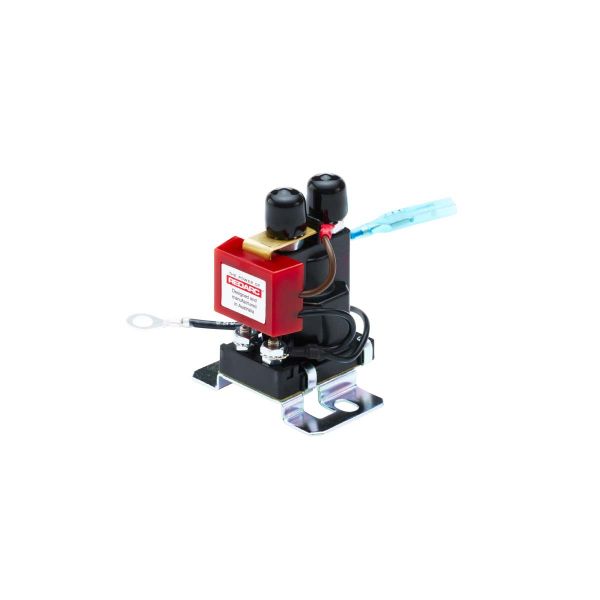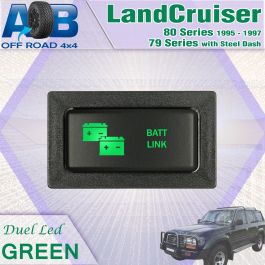I'm not having much luck with the longevity of the Blue Sea 7610. I'm not going to bash them... but would like to know what options you guys prefer. I really want to go with a different relay for my dual batteries. Thanks! 


Follow along with the video below to see how to install our site as a web app on your home screen.
Note: This feature may not be available in some browsers.
This site may earn a commission from merchant affiliate
links, including eBay, Amazon, Skimlinks, and others.

No sir, no large loads... just usb chargers, light bars, etc. The first unit didn't work at all. Blue Sea replaced immediately. The current unit is 1 1/2 old. No longer will charge house battery. Ground and connections are clean... just no longer charges.Are you putting large loads through it? I have had a Blue Sea 7622 (500amp continuous rated) installed for over 5 years without any issues whatsoever.
Wow! The Radarc BCDC1220 is impressive. Thanks for sharing!Same here. Mine was installed for 4 years or more with zero issues. Unless you are pulling super high current (short circiut) then they are reliable.
Before you fork out cash on another one you might want to look into a DC/DC solution like the Radarc BCDC1220. Its a little bit more spendy but opens up the opportunity to charge AGM and Lithium batteries. Also no need for AWG 0 cables running between your batteries.
Does the Redarc unit do anything a Renogy doesn't for less than half the price? 12V 20A DC to DC On-Board Battery Charger - https://ca.renogy.com/12v-20a-dc-to-dc-on-board-battery-charger/Same here. Mine was installed for 4 years or more with zero issues. Unless you are pulling super high current (short circiut) then they are reliable.
Before you fork out cash on another one you might want to look into a DC/DC solution like the Radarc BCDC1220. Its a little bit more spendy but opens up the opportunity to charge AGM and Lithium batteries. Also no need for AWG 0 cables running between your batteries.
To be honest, I never knew that renogy made a dc/dc charger. Definitely worth a look.Does the Redarc unit do anything a Renogy doesn't for less than half the price? 12V 20A DC to DC On-Board Battery Charger - https://ca.renogy.com/12v-20a-dc-to-dc-on-board-battery-charger/
Downside to both is you can't self-jump, but the smaller Blue Sea ACR can't do that either.
Redarc does have higher amperage options (25 or 40), it will charge Lithium, and it has a built in Solar MPPT controller.Does the Redarc unit do anything a Renogy doesn't for less than half the price? 12V 20A DC to DC On-Board Battery Charger - https://ca.renogy.com/12v-20a-dc-to-dc-on-board-battery-charger/
Downside to both is you can't self-jump, but the smaller Blue Sea ACR can't do that either.

Renogy has higher output versions as well, up to 60 amps. Made in Australia is a nice perk, I’m not normally a fan of supporting the place where everything else is made either.Redarc does have higher amperage options (25 or 40), it will charge Lithium, and it has a built in Solar MPPT controller.
I just bit the bullet on a BCDC40. Made in Australia and not where everything else is made. Support has been great answering my questions so far.
They have a wiring diagram on their support FAQs page that shows how to set it up for self jumps.

That's good info that I hadn't thought of. Certainly something to think about. Thanks!I have had years of really stable good luck with both the 7610 and 7622. I am wondering if it symptomatic of your wiring lengths, gauge, etc. I always put the ACR (either one) as close to the battery as possible. Shorter wire = less voltage loss, and that in turn allows the ACR to combine and separate easier and more effectively as its sensing really accurate voltage. With the ACR near the battery, you can run across the core support with the cable to the other battery and total cable length would easily be less than what you have with the ACR installed on the cowl. This is what I would be revisiting. I would double check the ground too. It wont work without it grounded.